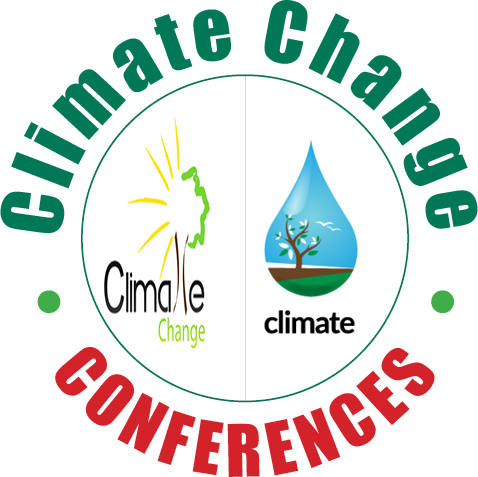Anahit V Aleksandryan
Ministry of Nature Protection of Republic of Armenia, Armenia
Title: Dioxins and furans emissions: Characteristics and strength
Biography
Biography: Anahit V Aleksandryan
Abstract
Open burning of waste at dumpsites is considered to be the easiest mode for wastes disposal, but is also a source of evident pollution and threat for human and environmental health. Polychlorinated dibenzo-p-dioxins and polychlorinated dibenzofurans (PCDDs/PCDFs, or dioxins/furans) are unwanted by-products of combustion processes. Dioxins belong to persistent environmental pollutants (POPs) and they arise concerns because of highly toxic potential. The known toxicity and persistence of some congeners in the environment has emphasized the necessity to assess releases of those supertoxicants at open burning of wastes in some areas of Armenia. Dioxins formation upon wastes burning depends on composition and combustion conditions. In order to identify characteristics and strength of emission sources of POPs from wastes open burning in different marzes (provinces) of Armenia and to calculate dioxins emissions to air and soil UNEP methodological guidance was used. To quantify emissions the ''emission factor'' describing dioxins and furans entry into environment/media per unit of activity was used, such as toxic equivalent quotient (TEQ). TEQ indicates the potential toxicity of the particular substance itself as related to the most powerful poison among all dioxins—2,3,7,8- tetrachlorodibenzo-p-dioxin (TCDD). The sum of emission factors allows estimation of the total “dioxin” toxicity of the given source. The key research findings were as follows: emissions in air varied from 1.749 gTEQ/year (Ararat marz) to 9.382 gTEQ/year (Shirak marz), while emissions on land ranged from 0.061 gTEQ/year (Armavir marz) to 0.3128 gTEQ/year. Hence, efforts are required to reduce the current exposure.

